At CES 2019, many companies are showcasing technologies and gadgets that the creators say are capable of
Note that hundreds of devices in different categories were presented at CES, and the purpose of this article is not to show all of them (which would be almost impossible), but to highlight devices and technologies that can make your life better and are innovative in their field.Not all of these things will hit store shelves anytime soon, but if you're interesteddevices released in 2019, take a look at our article "11 new CES 2019 products you can buy this year".
Advertising
Advertising
Best TV – LG SIGNATURE OLED TV R
CES 2019 wasn't the first show where LG showed off a roll-up TV – but it was the first time we've been shown a final product, not a prototype.The new LG SIGNATURE will go on sale by the end of this year, the price has not yet been announced (and will clearly beastronomical), but this TV looksis amazing and, looking at it, you want to get to the future as soon as possible, where such technologies will becomeavailable to the mass consumer.
As for the specs, it is a 65-inch OLED panel with 4K resolution.According to LG, such a TV is guaranteed to be possibleslide it out and stow it out 50,000 times, so if you turn it on and off 8 times a day, the unit will lastYou're about 17 years old.When folded, it can be used as a very expensive speaker – you can connect to the TV via Bluetooth and stream music from your phone through the built-in audio system.
Advertising
Advertising
Best Automotive Technology – Holoride from Audi and Disney
Unmanned vehicles will save usa lot of time, and Audi and Disney offer to spend this time on entertainment instead of an extra portion of work. They showed the concept of an entertainment system for UAV passengers, with which it would be a pleasure to stand in traffic jams.
Holoride will offer you a unique experienceentertainment that adapts to each trip. You can immerse yourself in a VR-game, which will adapt not only to the length of the trip, but also to its route. If the car accelerates, then the spacecraft on which you fly will also accelerate. Accordingly, road turns will also be reflected in the generated game map. And behind this is not only entertainment, but also help with motion sickness: due to the correspondence of turns and changes in speed in the game and in the real world, you will not be rocked.
The creators said that games are not the only thing that will be available in Holoride.Later, they plan to add new modes - for example, you will be able to drive through Moscow, and see through virtual reality glasses how the same streets looked in the 1920s.The platform will be open, and by the end of 2019, the SDK for developers will be released.The commercial launch of the Holoride should take place in late 2020 or early 2021.
Advertising
Advertising
Best wearable device – Matrix PowerWatch 2
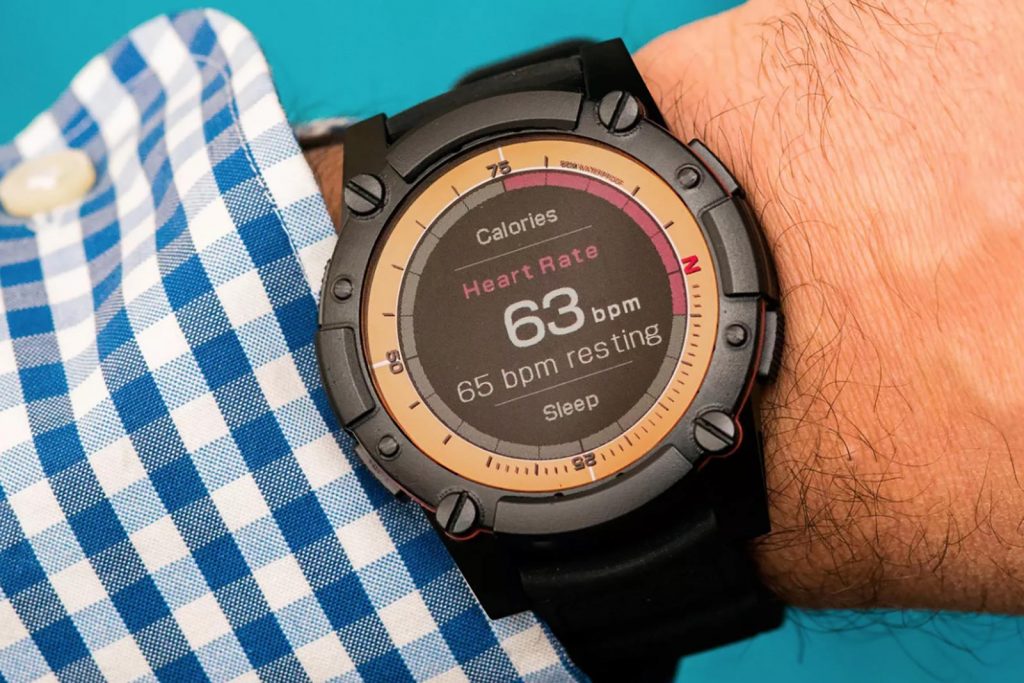

Although technology has advanced in recent yearsvery quickly, today's batteries are not much different from those used five or even ten years ago. However, self-charging technology and the use of alternative sources such as thermoelectricity and solar energy are already capable of fully charging watches, smart home elements, and much more. The new Matrix PowerWatch 2, which charges using solar energy and body heat, promises Fitbit-level fitness features. At the same time, the display of this watch is color and constantly active, and the calorie counter, as the manufacturers promise, is “the most accurate available on the market.”
In addition to calories and steps, the clock also readsdistance traveled, cadence, sleep time and other indicators. Data can be synced with third-party applications, including Apple Health and Google Fit. Moreover, this is another device on our list that will go on sale before the end of the year. Now you can pre-order the new product at Indiegogo for $ 249, while the price after the release will be $ 499. Pre-order distribution will begin in June.
The best device for a smart home – KitchenAid smart display


Development of technologies for the kitchenfuture” so far it's going at a slow pace, and the results are mostly either outrageously expensive or just plain weird. Among such devices, the KitchenAid Smart Display seems like a pleasant exception. With Google Assistant, you can easily manage recipes (luckily, this voice assistant speaks Russian), and integration with Yummly allows you to “make friends” display with other Whirlpool and KitchenAid devices.
Whirlpool claims that the cost of the devicewill range from 200 to 300 dollars, and, to be honest, even the lower price threshold still seems too expensive for this type of device. Smart displays have a chance to become popular only if Whirlpool (or its competitors) can offer a more affordable model. But there is definitely a tendency for this, and perhaps before the end of 2019 we will see a smart display with a price tag of about $ 100. However, it is worth hoping here, perhaps, only on Xiaomi with its many start-ups and extensive experience in producing gadgets for smart homes.
Best laptop – Acer Swift 7


At this year's CES, Acer unveiled its mostthin laptop. Its basic version is only a centimeter thick and weighs 890 g. It seems light as a feather when compared to other 14-inch laptops. The display occupies 92% of the panel, which makes this model super-compact. However, this is not a record: for the Asus ZenBook S13 (2019) this ratio reaches 97%.
Inside is a 2-core Core i7-8500Y, up to 16GB LPDDR3 memory and SSD storage up to 512 GB. The new product can run on battery power for up to 10 hours, which, coupled with its lightness and small dimensions, makes it an excellent laptop for travel. The Swift 7 will go on sale in April starting at $1,700.
The best beauty product – P&G Opté Precision Wand
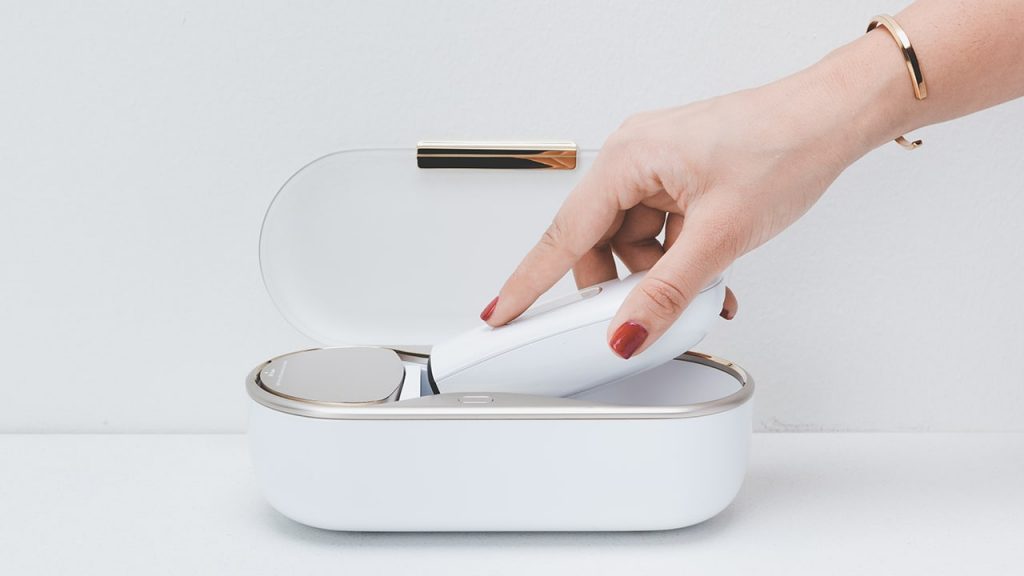

Advertising
Advertising
Procter & Gamble brought to CES 2019unusual new product – “magic wand” Opté, which will allow you to correct unwanted pigmentation on your face. The device scans the skin at 200 frames per second and detects uneven pigmentation, be it freckles, moles or dark circles under the eyes. The device analyzes all this and applies corrective foundation only where it is needed, with a layer of suitable density and shade that suits you perfectly. The result is skin that looks like it's been photoshopped – but in real life.
In addition, during the application of cosmeticsThe device also treats the skin with laser, so over time the face will only get better. Another nice bonus – The tone contains SPF to protect the skin from the negative effects of ultraviolet radiation. At the presentation, it was noted that the foundation will be refilled into the device in the form of special cartridges, like a regular printer, which will be produced in three shades for different skin types. This cartridge will need to be changed every 2 months. There is no word yet on the release date or cost of the Opté Precision Wand.
Best AI technology – Google Assistant
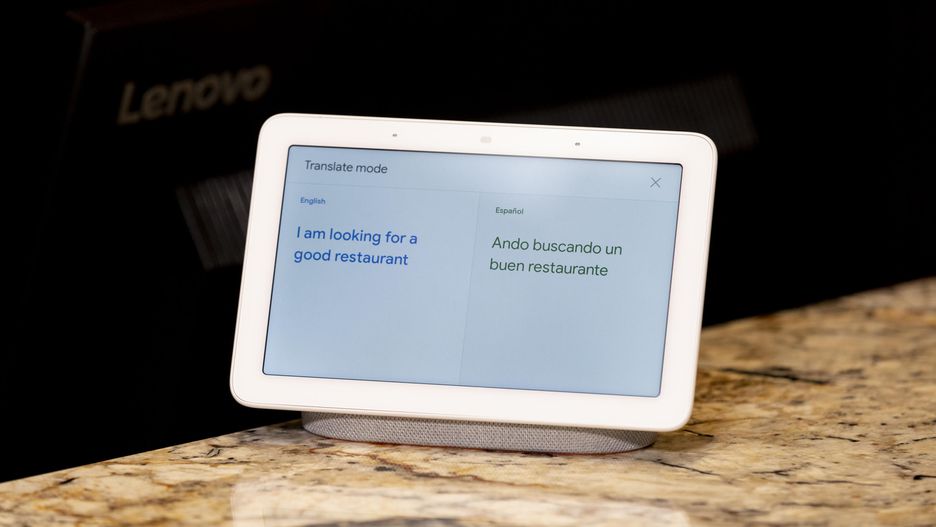

Google showed at CES 2019 updates to itssmart assistant Google Assistant, which can now be found preinstalled in almost all types of gadgets. Of all the announced, special attention should be paid to the new Interpreter mode and the Connect program.
In Interpreter mode you will be able to usesmart display with Google Assistant as a simultaneous translator from 27 languages. To activate the function, you need to say something like “Okay Google, be my translator from Thai”. The developers note that this mode is not yet perfect, and at first a person will have to make concessions to technology. In particular, the interpreter will not be able to process the request if two people are speaking at the same time, and may miss a phrase if it was said too quietly. The feature is currently available on Google Smart Hub, but will later appear on smart displays manufactured by Google partners – Lenovo, JBL and LG.
As for the Google Assistant Connect platform,it is a small, cheap chip that any manufacturer can build into their devices to add Assistant functionality. Thanks to this, you can transfer all the capabilities of a smart display to, say, an electronic book with e-ink ink. It's important to note that the chipset itself doesn't do any calculations: they happen on the nearest Google device – for example, on a Google Home smart speaker, – to which they connect via Wi-Fi or Bluetooth.
Best gaming announcement – Alienware Area 51m
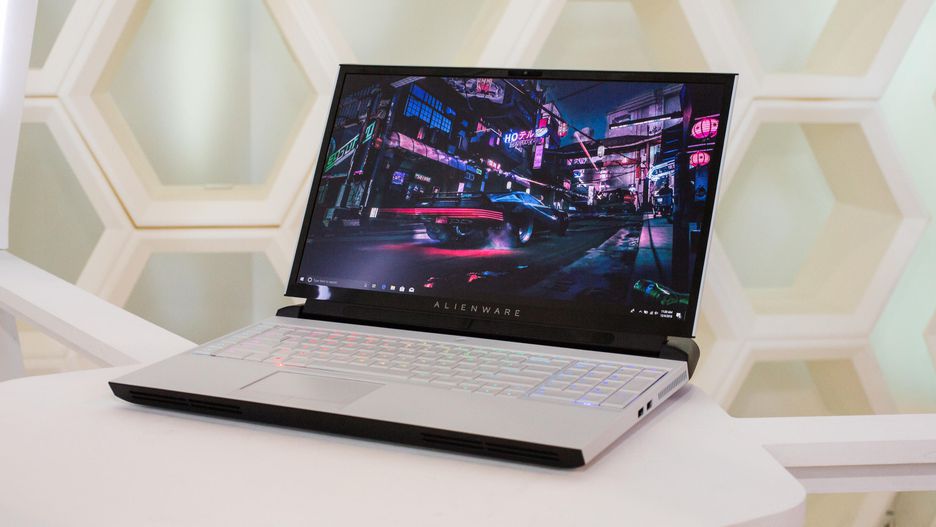

The new 17-inch Area-51m laptop is essentiallyis the Alienware Area-51 gaming PC, but in a portable format. You can add more memory or even upgrade the video card or processor, and the laptop itself is already loaded with today's top-end hardware. The maximum configuration includes an 8-core i9-9900HK processor, a GeForce RTX 2080 video card, 64 GB of RAM, 3 TB of internal memory and 2.5 gigabit Wi-Fi. It will go on sale at the end of January with a price starting at $2,000. Of course, this is the price tag for the most budget model, and the cost of the top modification has not yet been disclosed.
The best gadget for monitoring your health – Omron HeartGuide


Until now, no company has been able to createa wearable device capable of measuring blood pressure, since such technology is quite difficult to transfer to a smart watch or fitness bracelet. Two years ago, Omron promised that it would create such a watch – and kept her word by showing HeartGuide in Las Vegas last week.
The tiny HearthGuide pumps are capable ofmeasure your pressure in the same way as conventional blood pressure monitors. The device has also passed FDA (Food and Drug Administration) certification, so the device's readings can be considered accurate enough for medical use.
Advertising
Advertising
Measurement results are saved inthe HeartAdvisor app, where you can easily export them to PDF to show your doctor. Data can also be synchronized with the Health application on iOS devices, and in the future the developers want to make HeartAdvisor compatible with similar services from Google, Samsung and other manufacturers. The watch can be pre-ordered for $499, and orders will begin shipping on March 29.
The best AR/VR technology – HTC Vive Pro Eye
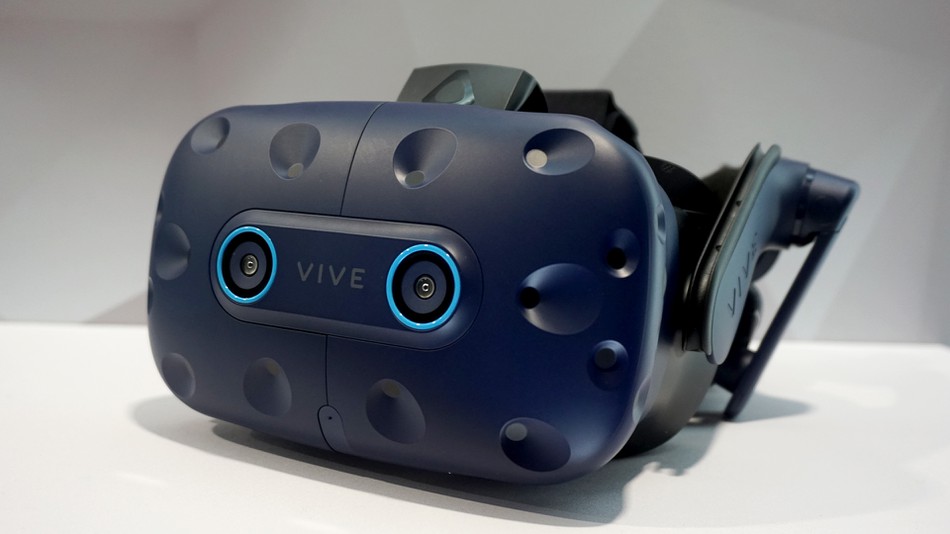

We haven't heard much about VR lately, buttechnology is not dead – on the contrary, it evolves. The main focus of developers now is on tracking eye position. More accurate tracking of the user's gaze will help improve not only hands-free control, but also the quality of graphics in games. This year will see the release of Vivo's first eye-tracking glasses, called Vive Pro Eye – and in the future we will undoubtedly see more VR/AR devices with such technology.